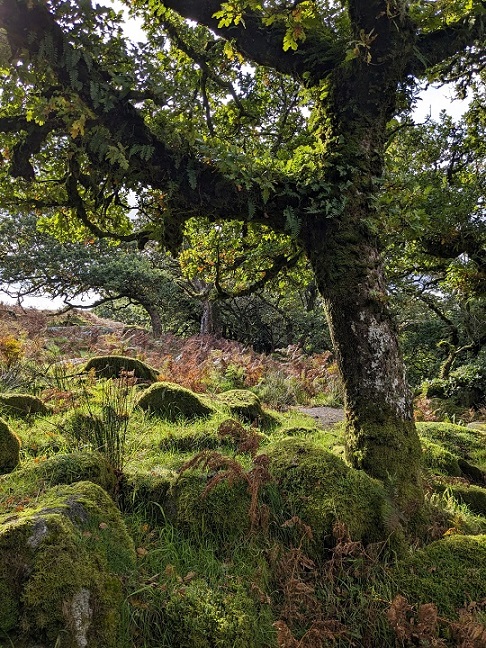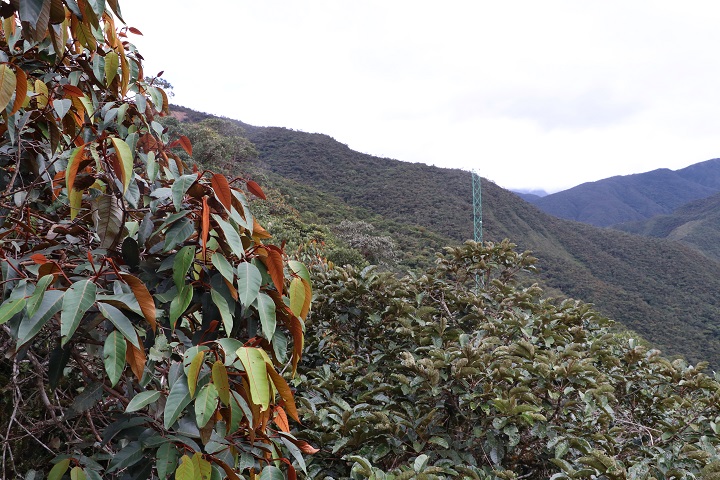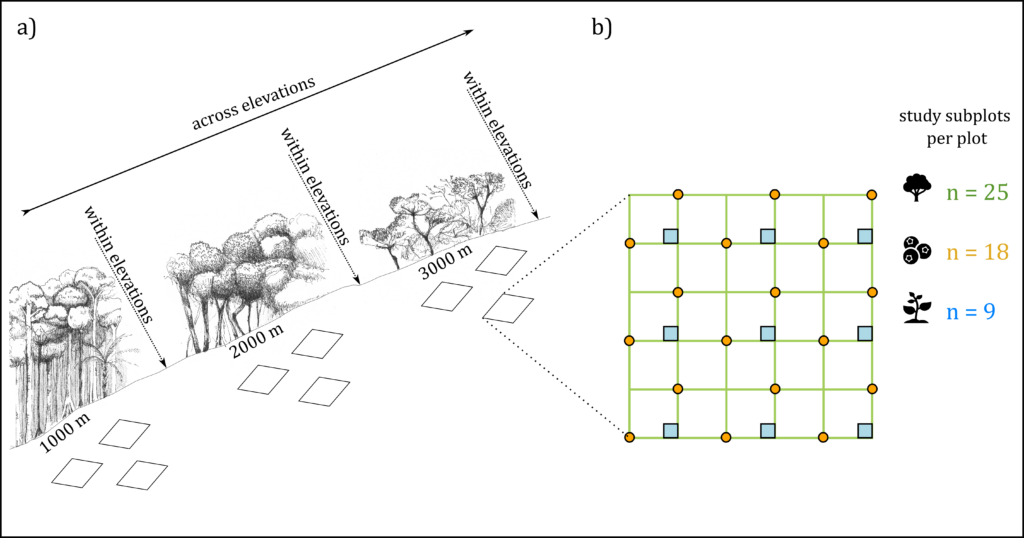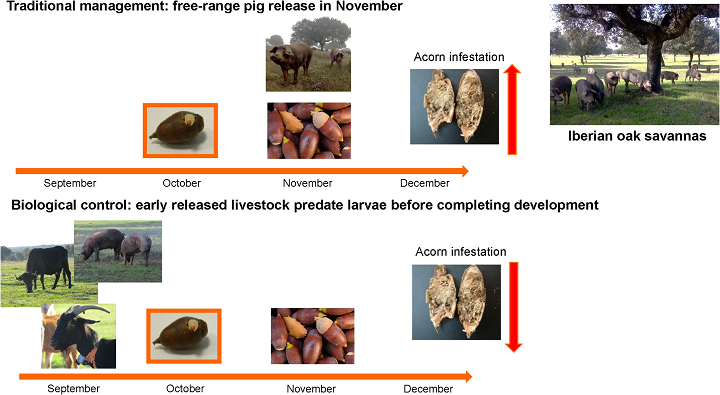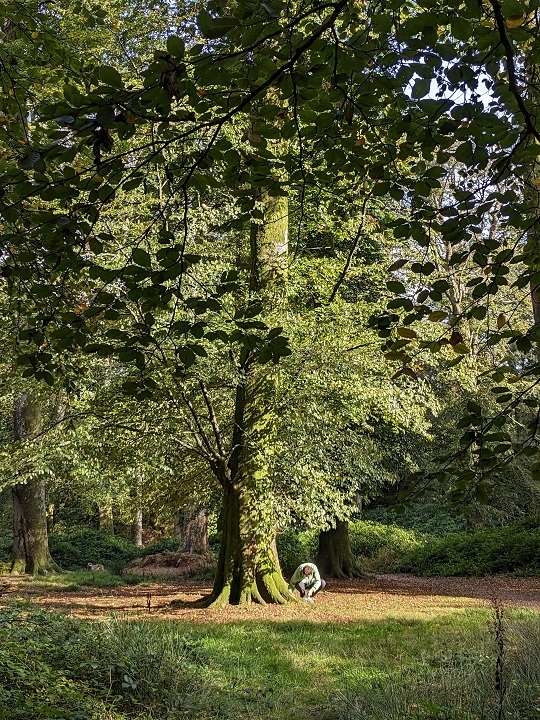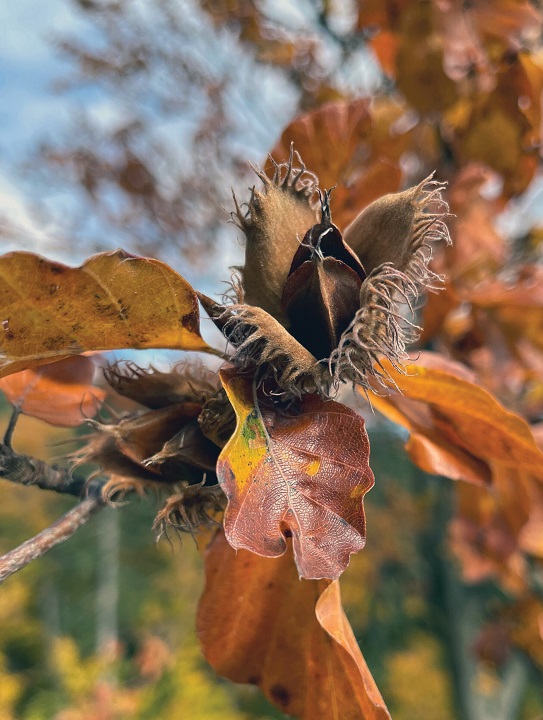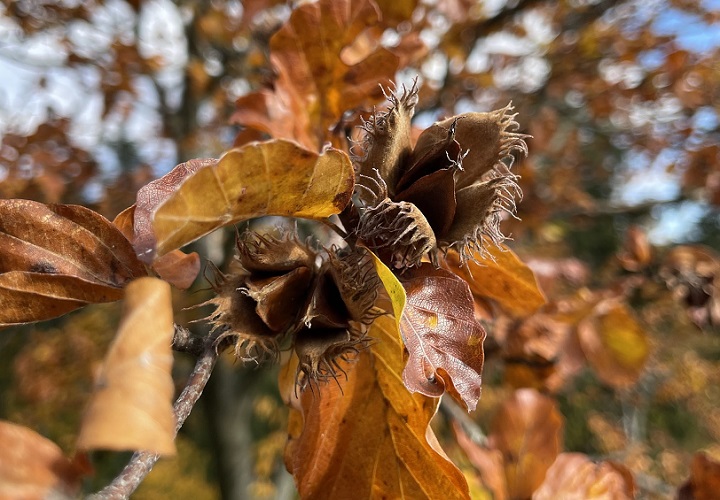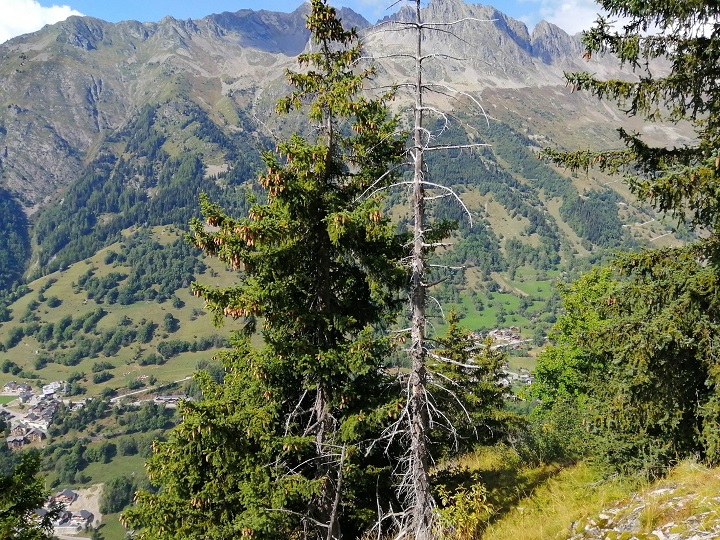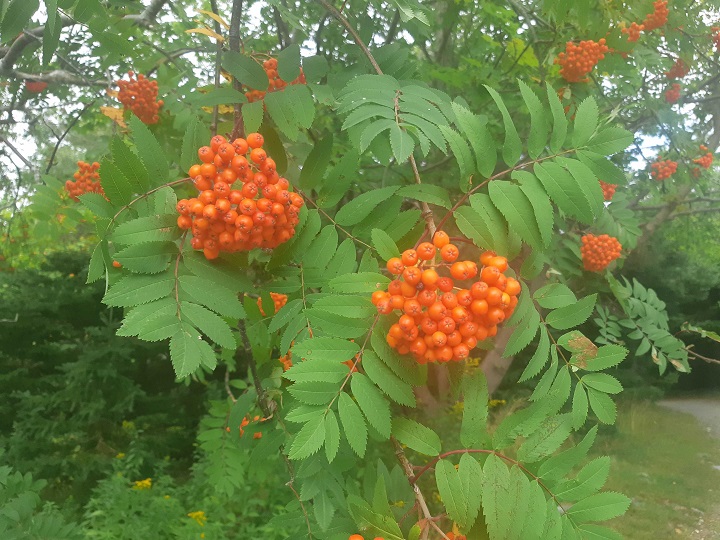New research led by Dr Jessie Foest has just been published in Ecology, entitled:
„Intraspecific variation in masting across climate gradients is inconsistent with the environmental stress hypothesis.”
This study offers fresh insights into the diversity of reproductive strategies in trees and challenges long-standing assumptions in the field of mast seeding.
Masting – the phenomenon where trees produce large seed crops in some years and little to none in others – is often considered a species-level characteristic. But is that the full story? How much does masting vary between populations within a species?
This question has largely gone unanswered until now.
We analysed 437 long-term time series across 19 tree species and found that intraspecific variation in masting can exceed variation between species.
We also tested a widely held assumption, namely that climatic stress drives this variation. The environmental stress (or productivity gradient) hypothesis suggests that trees in more stressful, marginal climates exhibit more pronounced masting. However, our findings tell a different story:
- Populations growing toward climatic margins did not show greater variability in seed production.
- In fact, they exhibited more stable reproductive patterns – directly contradicting the environmental stress hypothesis.
This suggests that factors other than climatic stress / productivity may play a greater role in shaping masting, and calls for a re-evaluation of some foundational ideas in the field.
Improving our understanding of these mechanisms is crucial for predicting how forest ecosystems will respond to changing environmental conditions and for informing effective conservation and management strategies.
Read the full paper here.


